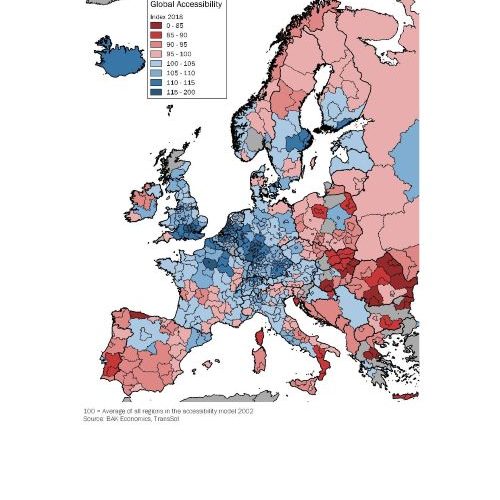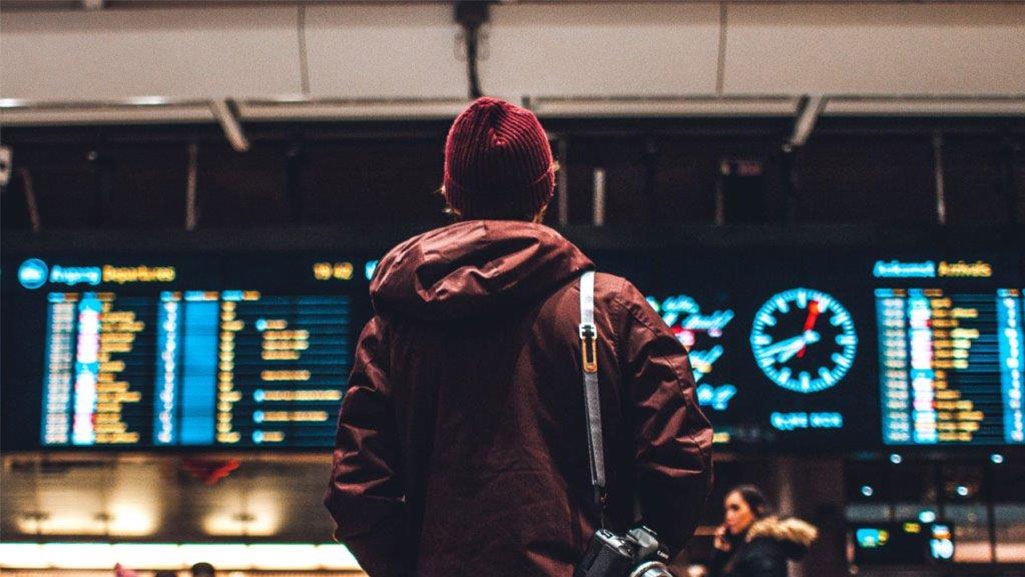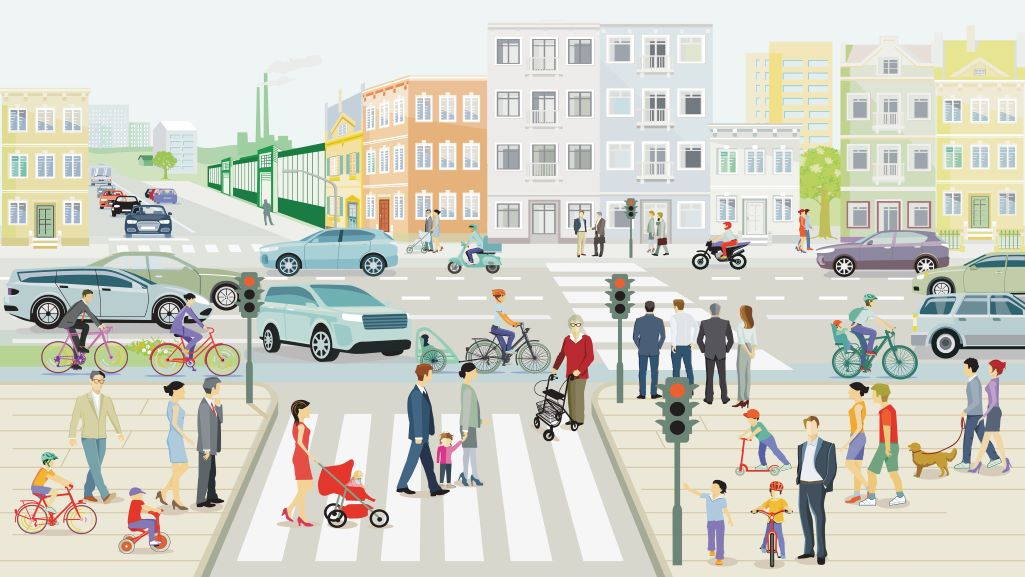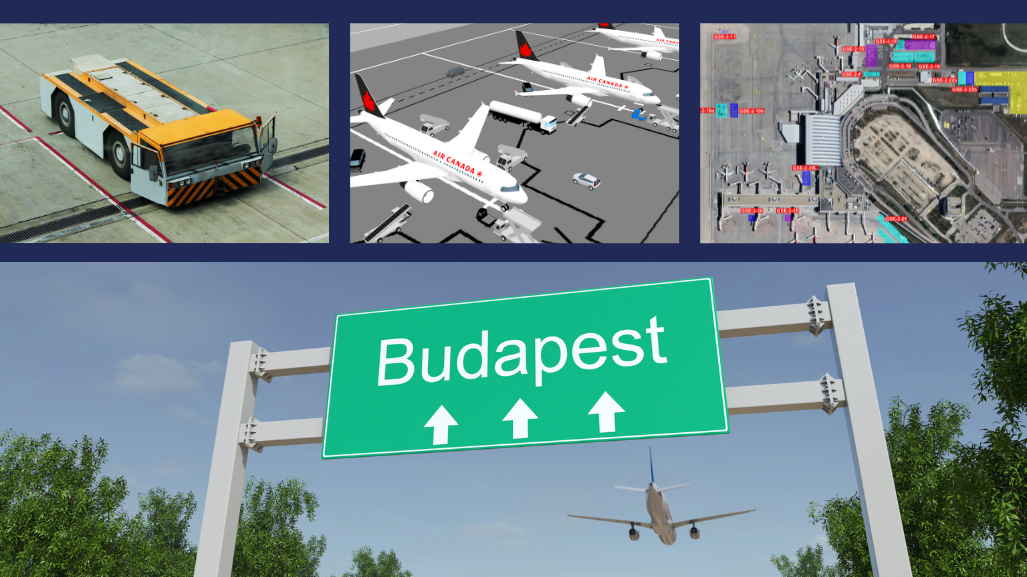Providing accessibility and connecting transportation modes for people and business, are one of the biggest infrastructure challenges anywhere in the world. The huge budgets involved, as well as the space and resources needed for development, make the decision-making complex. Any project will impact millions of people in their daily life, so accessibility analysis is necessary.
But the process of analyzing accessibility, including airport transport, can be made smoother with digital modeling, claims Dr. Philipp Fröhlich. He is a civil engineer and consultant specializing in transport modeling and teaches at the University of Cape Town. His ongoing research focuses on modeling transport with focus on public transport, air transport and dynamic pricing.
We recently spoke with Dr. Fröhlich about accessibility and air transport, and about his unique use of PTV Visum software to help authorities ease this process.

What is the main aim of your work on accessibility?
Dr. Philipp Fröhlich: The research I am involved since 2002 deals with the derivation of multi-modal continental and global accessibility for all regions in Europe – by air, rail, and road – and how they have changed over 30 years. Twenty years ago, we teamed up with the BAK Economics Institute, a Basel-based think tank. They are working on the economic data and accessibility calculation, and we are providing transport data.
The result is a unique time series over decades. It enables decision-makers in regions, cities, and airports to improve their strategies regarding continental and global accessibility, and to see how they compare with their peers. The map of the global accessibility for 2018 is shown in the graphic on this page.
What are the main challenges of airport transport accessibility?
Dr. Philipp Fröhlich: In order to calculate travel times between airports in different times and days, a lot of data must be stored, connected, and have a suitable structure for algorithms.
Let’s put that in context: Before the corona pandemic, there were close to 4,000 airports in the world with regular passenger services; and around 200,000 flights per day. There are even more factors to consider, such as multiple terminals in bigger airports, minimum connection times for domestic and international travel, different check in times, and of course different time zones.
To confront this huge amount of data, we brought PTV Visum to the stage. The software has a very strong public transport modeling part, among its functionalities. Finally, we could calculate the travel time between airport in the world.
So, dealing with data is the most important factor in accessibility valuation of regions or airports?
Dr. Philipp Fröhlich: Many regions and airports, especially smaller and medium size, lack tools and data to review and improve their strategy, and measure direct and indirect economic effects of airports on a region. These will be even more important in the current Covid crisis and – hopefully soon – in post-crisis recovery. Tracking the changes of accessibility of regions during the covid pandemic will be an interesting task.
How did you adapt PTV software for your research?
Dr. Philipp Fröhlich: PTV Visum software offers a unique possibility to model public transport. We adapted the data structure of flight plans and networks of air transport to Visum’s requirements.

Would it be possible to adapt your model to develop a European highspeed rail strategy in order to reduce the number of flights within Europe?
Dr. Philipp Fröhlich: Yes, the model structure also includes rail and road transport. Therefore, it is possible to test different transport policy strategies.
In recent years, many people have become concerned about the amount of emissions released by passenger aircraft. Does your research suggest that better management of airport traffic can help reduce those emissions?
Dr. Philipp Fröhlich: Operation planning or operation control is a different topic. What we focus on is to measure and compare the service quality of air, rail, and road transport on a strategy level for regions, cities, and airports.
Is your research also dealing with the experiences of passengers on their way to and from airports? In terms of commuting times, shorter queues, etc.
Dr. Philipp Fröhlich: Yes, the model considers the access time by public transport and cars from the city center to the airport, as well as the check-in times.
Will the current corona crisis have a lasting effect on how airports are run?
Dr. Philipp Fröhlich: The Covid pandemic is the greatest crisis since the introduction of commercial air travel. But with the increased vaccination rate, I think, we will get to a new normal in 2022, hopefully also in international travel.
Some effects of the pandemic will continue to impact air travel demand in the next years. The impact will be felt more on business travel and less on holiday travels. This means less feeder flights of network carrier from and to small airports. Those airports will fight for survival, with direct impact for the regions they are serving.
For big airports, the main question is when they will reach the breakeven point again. Those of them with good public transport will continue the development of on-site facilities, such as shops, leisure, and offices, because the infrastructure already exists.
As an epilogue, how different will airports be 5-10 years from now? What will be the major changes?
Dr. Philipp Fröhlich: In the long term I see on the one hand less players, less connections, and higher prices of air travel. On the other hand, the aviation industry has always attracted new money to keep itself floating.




Very informative and well described post it was. Many people will get helpful from this one. Thanks for sharing it with us.